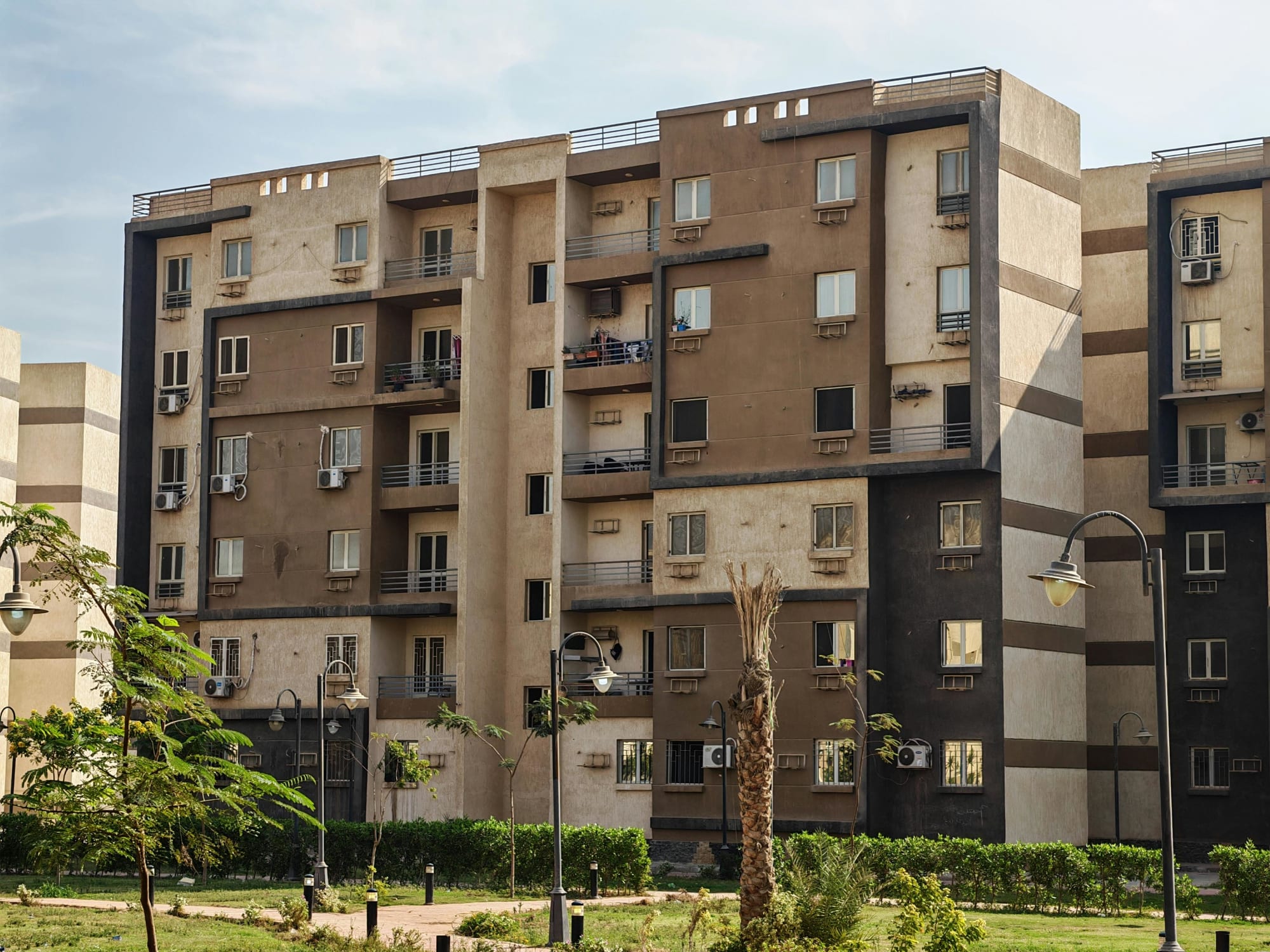Invest
What do I need to know about buying property with my super?
If buying a property in your personal name is not possible, then the option of using your superannuation to invest in property might be a viable alternative.
What do I need to know about buying property with my super?
If buying a property in your personal name is not possible, then the option of using your superannuation to invest in property might be a viable alternative.

Australians’ love affair with property shows no sign of abating any time soon. However, with prices escalating, a growing number of younger people simply cannot afford a deposit on a property, let alone the ongoing repayments.
As with any investment decision, there are rules that have to be adhered to. This is especially the case in property investment. There is an added layer of complexity when it comes to investing in property through your superannuation versus investing outside superannuation, and this needs to be factored into your cost/benefit analysis.
Firstly, the only superannuation fund option that allows you to invest in your choice of direct property is a self-managed superannuation fund (SMSF). You need to understand the rules around establishing an SMSF and assess whether you can meet the requirements to act as a trustee of an SMSF. An SMSF also allows you to borrow to help fund the purchase of a property. If the lender is going to be a bank, then just like with any other loan, the SMSF trustee needs to complete a loan application and convince the bank of its borrowing capacity. The borrowing requirements imposed on SMSFs by banks also have some added restrictions, most notably a lower loan-value ratio which will reduce the amount you can borrow. The banks will also typically charge you a higher interest rate.
The most obvious hurdle, just like investing in your personal name, is whether you have sufficient funds in your superannuation to afford the deposit. The lower loan-value ratio means that, in most cases, the SMSF will need to fund a deposit of up to 30 per cent of the value of the property. If you are looking at a $500,000 two-bedroom apartment on the Gold Coast, the SMSF may need to come up with $150,000, with the balance borrowed from a bank or third party. Property purchase costs such as stamp duty and legal fees will also need to be typically funded from the SMSF.

In some cases, you might want to consider teaming up with another SMSF to purchase a property if it means that your buying power will be stronger. You could do this with a friend but you obviously need to be careful with borrowing restrictions, and it would be prudent to discuss the proposed structure with your bank before proceeding down this route. The two SMSFs will also need to be closely aligned with respect to their future intentions for the property, as it will be very difficult to deal with the property separately in the future in terms of a sale or changing the existing borrowing arrangements.
From a practical perspective, the bank will also want to be comfortable that the lender (i.e. the SMSF) is able to adequately meet the ongoing requirements of the loan repayments. In other words, is the rent received from the property plus ongoing superannuation contributions able to adequately cover the mortgage repayments plus other related expenses of the property and fund? Also, if the only asset of the SMSF is the property, and ongoing contributions are questionable, then there could be questions raised about the appropriateness of the SMSF’s investment strategy.
In terms of the types of properties that can be purchased, there are no specific restrictions when it comes to superannuation. Instead, the rules will tend to restrict you in what you can and can’t do to a property, and guide you towards certain properties over others. For example, where you borrow to invest in a property through your SMSF, you cannot improve or change the nature of the property. You can simply repair or maintain the property. For this reason, a ‘renovator’s delight’ might not be an option. Property development is also not possible where you are using borrowed funds.
Finally, you need to understand that while the property is owned by your SMSF, you (and any of your related parties) cannot live in the property. The only exemption is if the property is used wholly and exclusively to run a business. In other words, you cannot derive any personal benefit from the property so your rationale for purchasing a property with your superannuation needs to be driven by investment intentions alone.
While not as straightforward as purchasing a property in your personal name, superannuation does provide an alternative option to invest in property. It is critical at all times to assess an investment in property via your superannuation just as you would in your personal name. This means that no matter your age, you shouldn’t treat your superannuation as a means of speculating or punting, and if the property promoter’s offer seems too be good to be true, it probably is.
Ben Smythe, managing director, Smythe Financial Management

Property
Australia’s mortgage knife‑fight: investors, first‑home buyers and the new rules of lender competition
The mortgage market is staying hot even as rate relief remains elusive, with investors and first‑home buyers chasing scarce stock and lenders fighting for share on price, speed and digital experienceRead more

Property
Breaking Australia’s three‑property ceiling: the finance‑first playbook for scalable portfolios
Most Australian investors don’t stall at three properties because they run out of ambition — they run out of borrowing capacity. The ceiling is a finance constraint disguised as an asset problem. The ...Read more

Property
Gen Z's secret weapon: Why their homebuying spree could flip Australia's housing market
A surprising share of younger Australians are preparing to buy despite affordability headwinds. One in three Gen Z Australians intend to purchase within a few years and 32 per cent say escaping rent ...Read more

Property
Tasmania’s pet-positive pivot: What landlords, BTR operators and insurers need to do now
Tasmania will soon require landlords to allow pets unless they can prove a valid reason to refuse. This is more than a tenancy tweak; it is a structural signal that the balance of power in rental ...Read more

Property
NSW underquoting crackdown: the compliance reset creating both cost and competitive edge
NSW is moving to sharply increase penalties for misleading price guides, including fines linked to agent commissions and maximum penalties up to $110,000. Behind the headlines sits a more ...Read more

Property
ANZ’s mortgage growth, profit slump: why volume without margin won’t pay the dividends
ANZ lifted home-lending volumes, yet profits fell under the weight of regulatory and restructuring costs—an object lesson in the futility of growth that doesn’t convert to margin and productivityRead more

Property
Rate pause, busy summer: where smart capital wins in Australia’s property market
With the Reserve Bank holding rates steady, the summer selling season arrives with rare predictability. Liquidity will lift, serviceability stops getting worse, and sentiment stabilises. The ...Read more

Property
The 2026 Suburb Thesis: A case study in turning trend lists into investable strategy
A new crop of ‘suburbs to watch’ is hitting headlines, but translating shortlist hype into bottom-line results requires more than a map and a mood. This case study shows how a disciplined, data-led ...Read more

Property
Australia’s mortgage knife‑fight: investors, first‑home buyers and the new rules of lender competition
The mortgage market is staying hot even as rate relief remains elusive, with investors and first‑home buyers chasing scarce stock and lenders fighting for share on price, speed and digital experienceRead more

Property
Breaking Australia’s three‑property ceiling: the finance‑first playbook for scalable portfolios
Most Australian investors don’t stall at three properties because they run out of ambition — they run out of borrowing capacity. The ceiling is a finance constraint disguised as an asset problem. The ...Read more

Property
Gen Z's secret weapon: Why their homebuying spree could flip Australia's housing market
A surprising share of younger Australians are preparing to buy despite affordability headwinds. One in three Gen Z Australians intend to purchase within a few years and 32 per cent say escaping rent ...Read more

Property
Tasmania’s pet-positive pivot: What landlords, BTR operators and insurers need to do now
Tasmania will soon require landlords to allow pets unless they can prove a valid reason to refuse. This is more than a tenancy tweak; it is a structural signal that the balance of power in rental ...Read more

Property
NSW underquoting crackdown: the compliance reset creating both cost and competitive edge
NSW is moving to sharply increase penalties for misleading price guides, including fines linked to agent commissions and maximum penalties up to $110,000. Behind the headlines sits a more ...Read more

Property
ANZ’s mortgage growth, profit slump: why volume without margin won’t pay the dividends
ANZ lifted home-lending volumes, yet profits fell under the weight of regulatory and restructuring costs—an object lesson in the futility of growth that doesn’t convert to margin and productivityRead more

Property
Rate pause, busy summer: where smart capital wins in Australia’s property market
With the Reserve Bank holding rates steady, the summer selling season arrives with rare predictability. Liquidity will lift, serviceability stops getting worse, and sentiment stabilises. The ...Read more

Property
The 2026 Suburb Thesis: A case study in turning trend lists into investable strategy
A new crop of ‘suburbs to watch’ is hitting headlines, but translating shortlist hype into bottom-line results requires more than a map and a mood. This case study shows how a disciplined, data-led ...Read more








